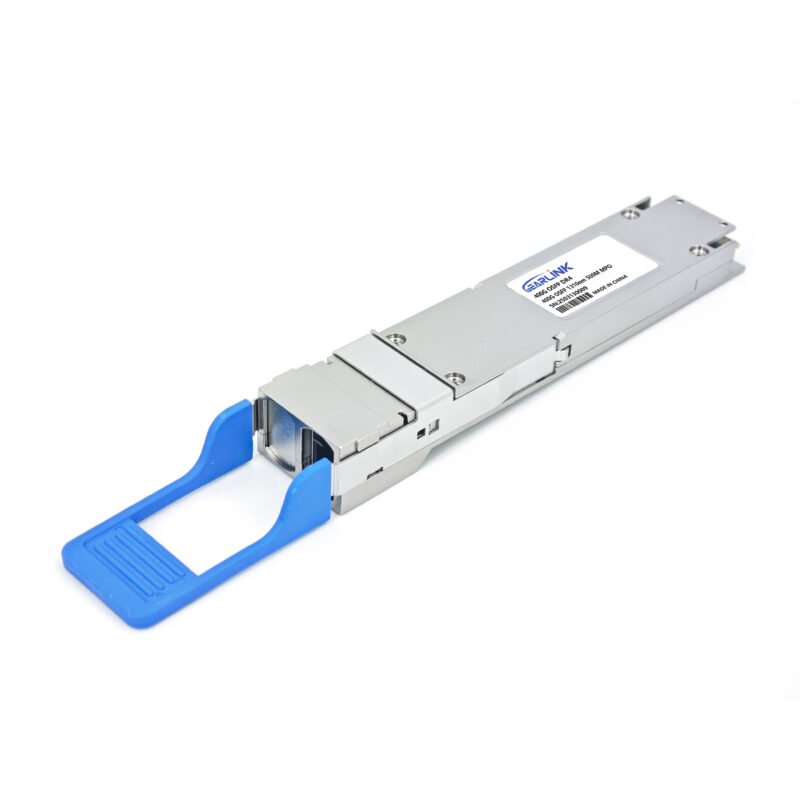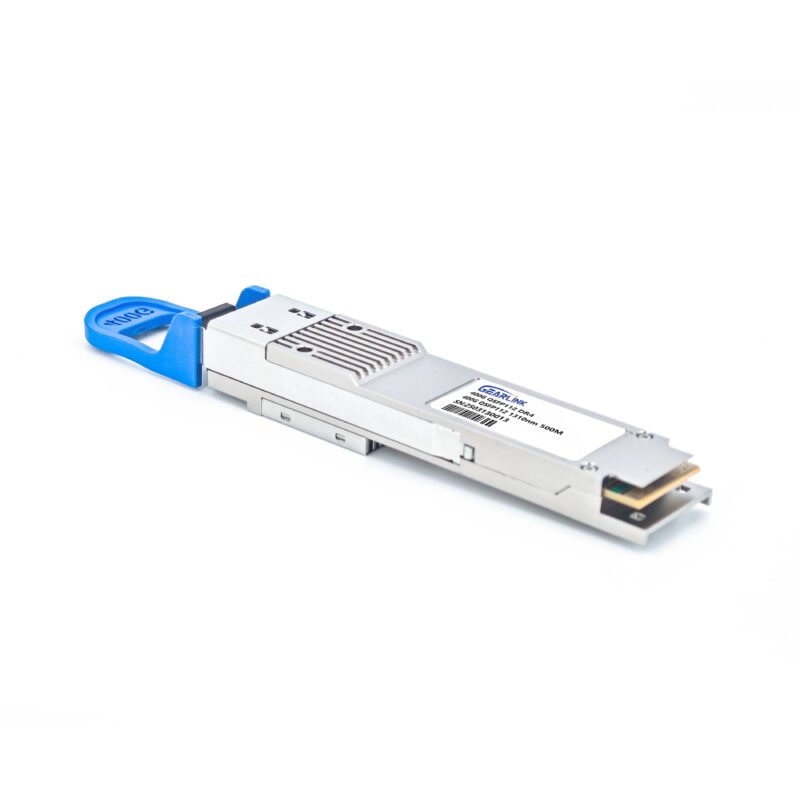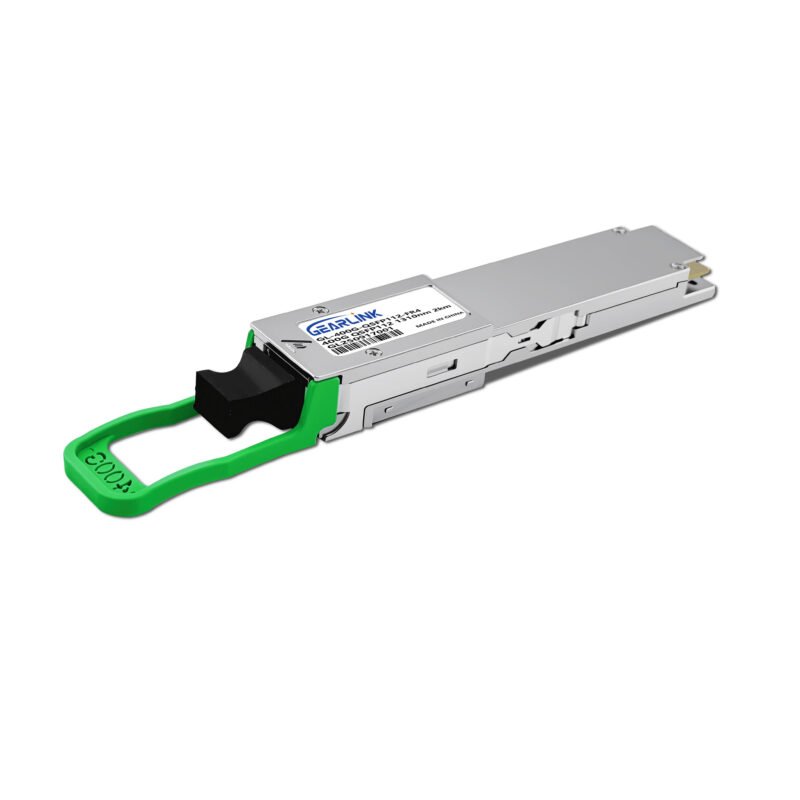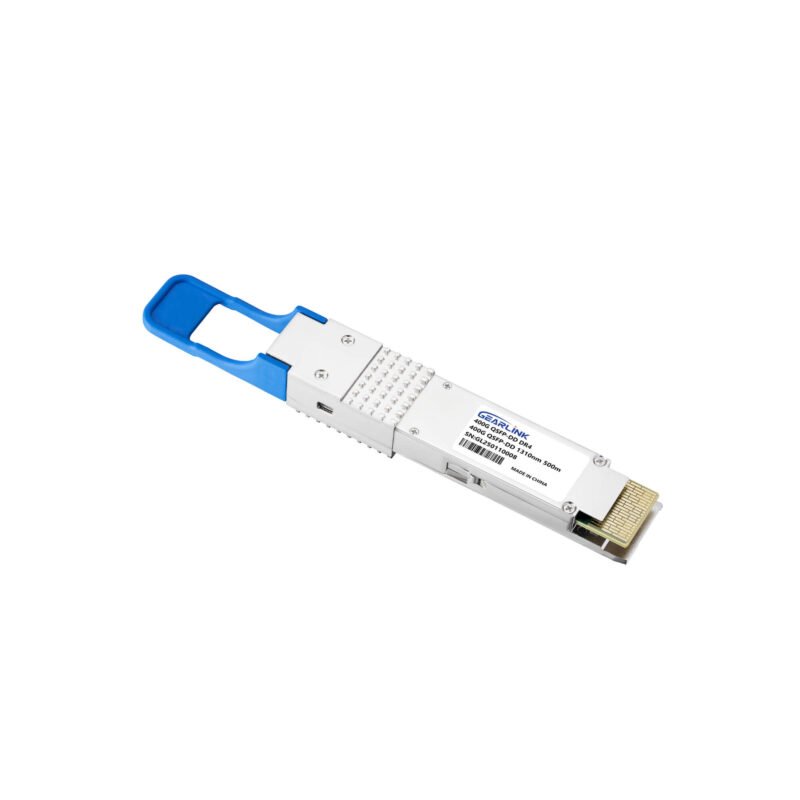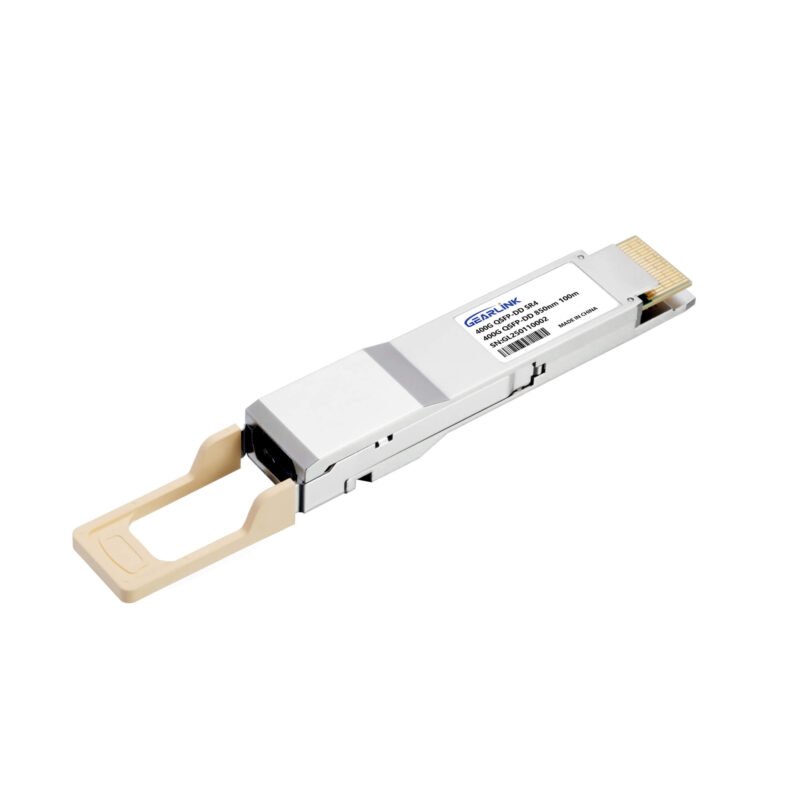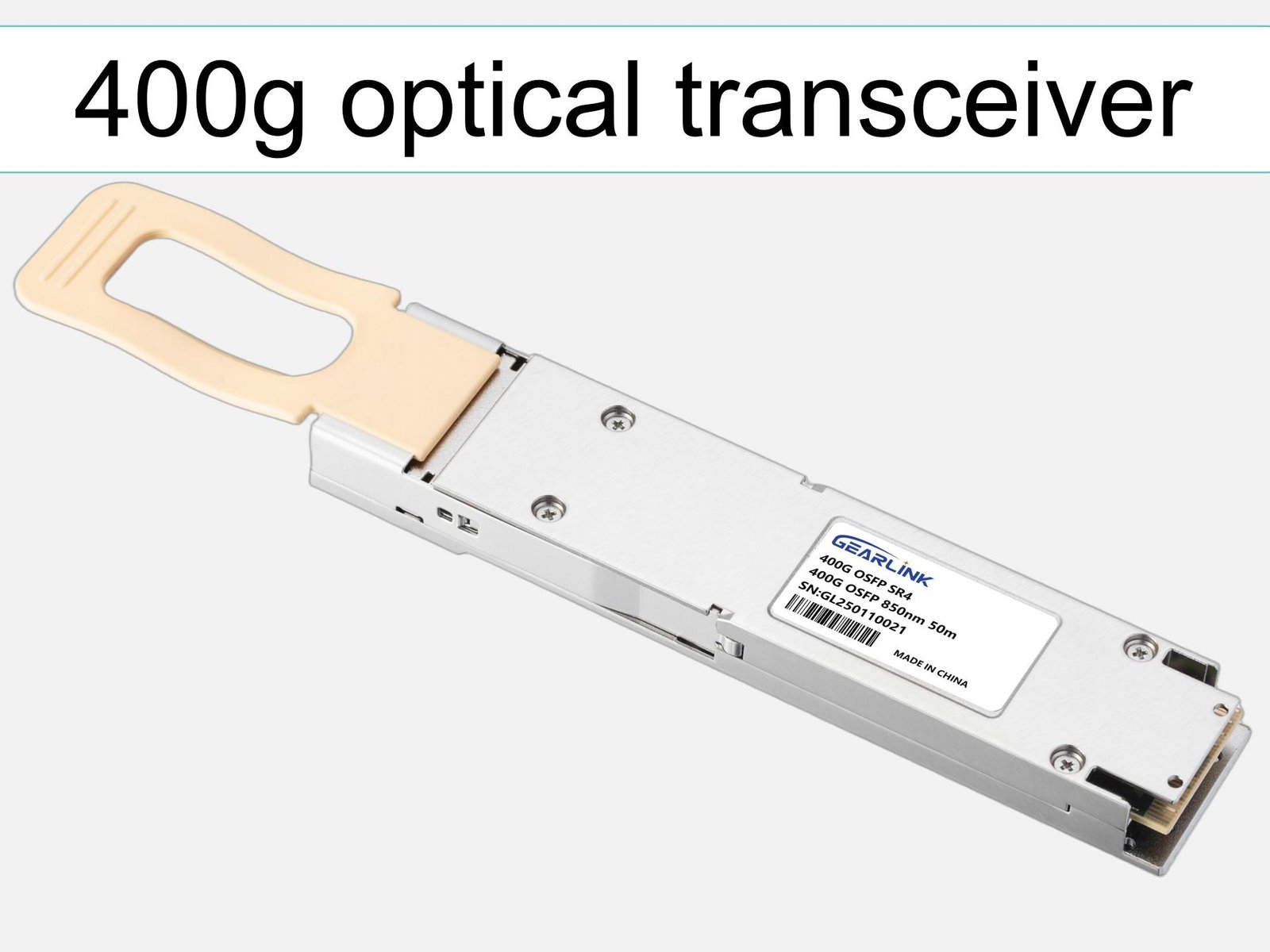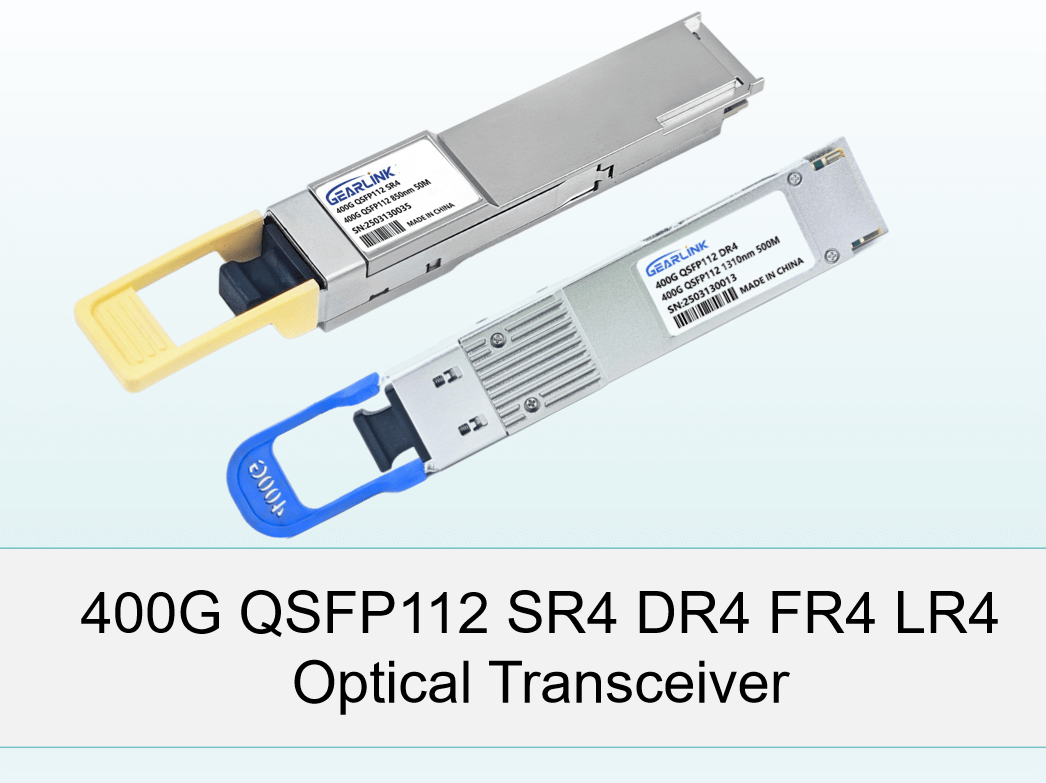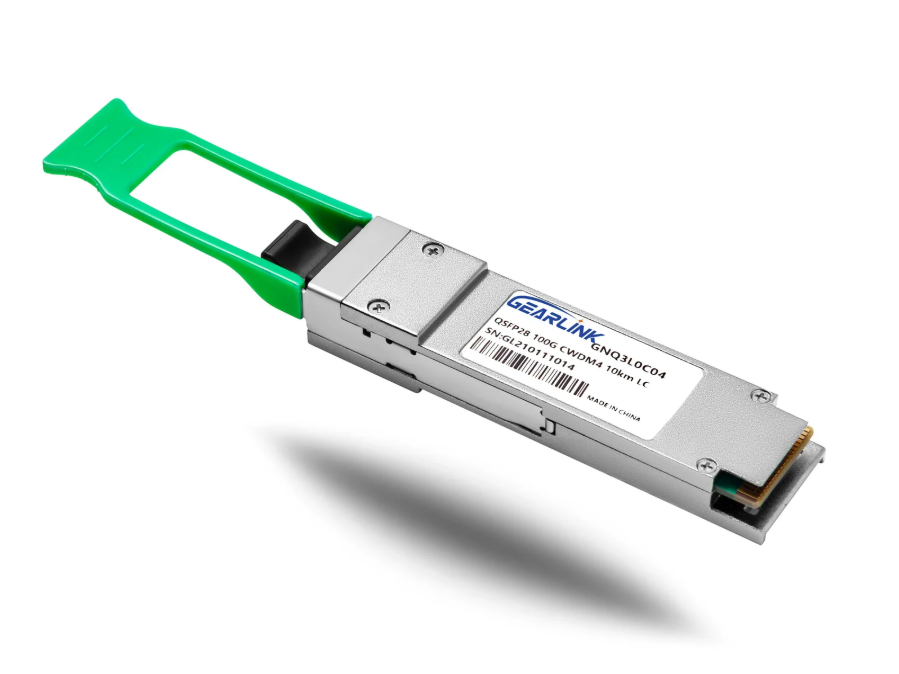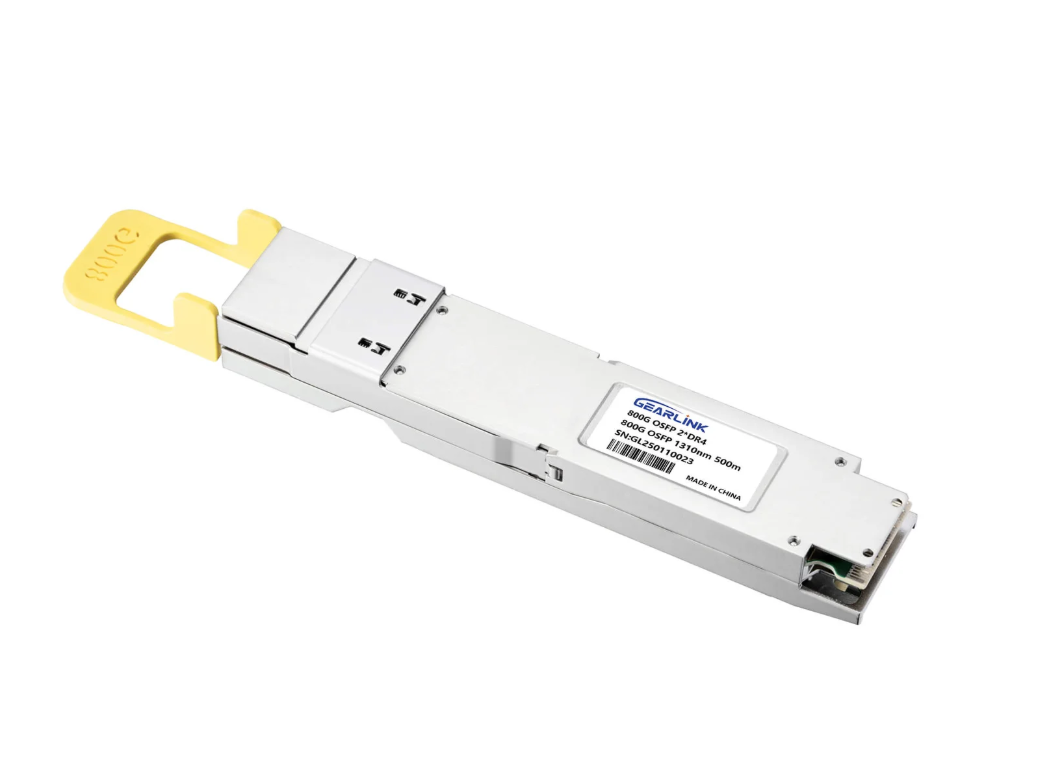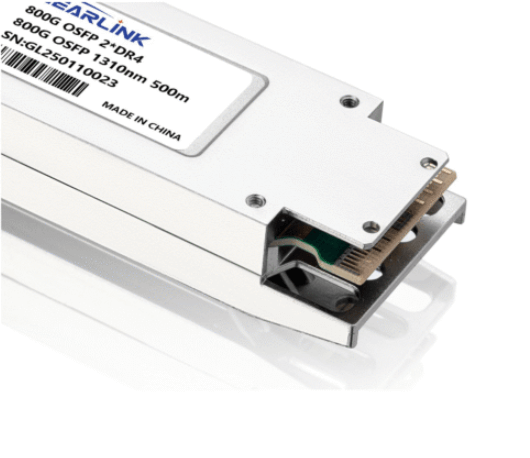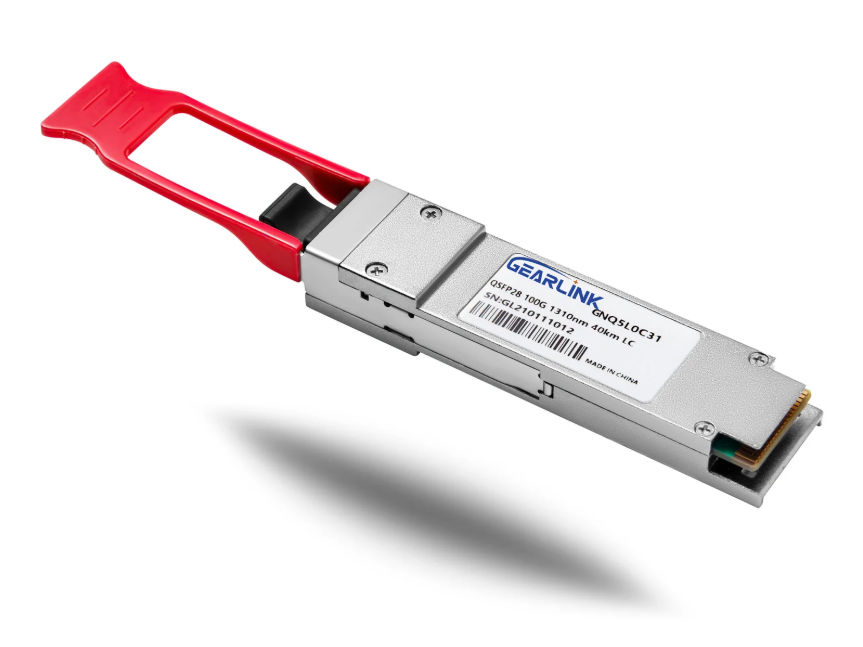Introduction: The Unprecedented Demand for Bandwidth
In our digitally driven world, the hunger for data is insatiable. The explosion of cloud computing, 5G networks, artificial intelligence, and high-resolution video streaming is pushing the limits of existing network infrastructures. To keep pace, enterprises and service providers are in a constant race to upgrade their networks to support higher speeds and greater capacity. At the heart of this transformation lies the 400G optical transceiver, a compact yet powerful module that has become the key to unlocking the next generation of network performance.
The transition from 100G to 400G is not just an incremental step; it represents a fundamental shift in how data is transmitted and managed. This new standard offers four times the capacity of its predecessor, enabling a single link to handle a colossal 400 gigabits of data per second. For network architects and engineers, this means higher bandwidth density, lower power consumption per bit, and a simplified network architecture. However, securing a reliable supply of these cutting-edge components is a critical challenge. This is where the role of a specialized 400G optical transceiver exporter becomes paramount, serving as a vital link in the global supply chain that keeps our digital world connected.
Understanding the 400G Optical Transceiver Ecosystem

The ecosystem surrounding 400G transceivers is dynamic and complex. It is not just about the module itself but also the technologies and standards that make its high-speed operation possible. These transceivers leverage advanced modulation techniques, such as Pulse Amplitude Modulation 4-level (PAM4), which doubles the data rate per lane compared to traditional NRZ modulation. This allows for a massive amount of data to be transmitted using fewer optical lanes, which directly translates to cost and power efficiency.
Furthermore, the design of these modules has evolved. The most prominent form factors are QSFP-DD (Quad Small Form-factor Pluggable Double Density) and OSFP (Octal Small Form-factor Pluggable). The QSFP-DD form factor is favored for its backward compatibility with 100G QSFP modules, making it an attractive option for network operators who want to upgrade their existing infrastructure seamlessly. Conversely, the OSFP form factor, while slightly larger, offers superior thermal management, making it an excellent choice for high-performance computing and AI clusters where heat dissipation is a primary concern. The choice between these form factors is often dictated by the specific application, power budget, and backward compatibility requirements of a network.
The Role and Value of a 400G Optical Transceiver Exporter
A reputable 400G optical transceiver exporter is far more than just a vendor; they are a strategic partner in your network’s success. Their value is derived from their expertise, global reach, and commitment to quality. Instead of being a passive order taker, a leading exporter is an active consultant, providing essential guidance on product selection, technical specifications, and network compatibility.
Firstly, a proficient exporter offers a diverse and high-quality product portfolio. They work with multiple manufacturers, ensuring access to a wide range of transceivers that meet different standards and application needs. This includes modules for various reaches, such as SR8 for short-distance data center connections, DR4 for medium-reach links, and coherent modules like 400ZR and ZR+ for long-haul and metro applications. This breadth of choice is crucial for users who need to build complex, multi-layered networks.
Secondly, a trusted exporter provides an unmatched level of technical support. The deployment of 400G technology can be challenging, requiring deep knowledge of fiber optics, networking protocols, and system integration. A skilled exporter has a team of experts who can assist with everything from pre-sales consultation to post-purchase troubleshooting. This support helps users avoid costly mistakes, optimize their network design, and resolve technical issues quickly, ultimately reducing downtime and improving operational efficiency.
Finally, an established exporter is a guardian of quality and authenticity. They ensure that every product is rigorously tested to meet or exceed industry standards. They often provide detailed test reports and guarantee product compatibility with major OEM networking equipment. This commitment to quality instills confidence and minimizes the risk of component failure, which can have catastrophic consequences for high-stakes applications. By sourcing from a reliable 400G optical transceiver exporter, users can be certain that they are investing in robust, high-performance, and dependable products.
The Application of 400G Transceivers in Modern Networks
400GBASE-DR4 OSFP PAM4 1310nm 500m DOM MPO-12/APC SMF Optical Transceiver Module
Price range: NT$699 through NT$799
400GBASE-DR4 QSFP112 PAM4 1310nm 500m DOM MPO-12/APC SMF Optical Transceiver Module
Price range: NT$669 through NT$799400GBASE-FR4 QSFP112 PAM4 1310nm 2km DOM Duplex LC/UPC SMF Optical Transceiver Module
NT$750
The applications of 400G optical transceivers are extensive and impactful, driving innovation across various sectors.
Data Centers and Cloud Computing
In hyper-scale data centers, 400G is the standard for spine-and-leaf network architectures. These modules are deployed to connect spine switches to leaf switches, providing the immense bandwidth required for east-west traffic—the communication that occurs between servers and storage within the data center. The high-speed interconnects enable seamless and instantaneous data transfer for demanding workloads such as AI, machine learning, and big data analytics, ensuring that cloud services are delivered with low latency and high reliability.
5G and Telecommunications
The rollout of 5G networks and their enhanced versions has created a massive demand for high-capacity backhaul and fronthaul infrastructure. 400G transceivers are critical in the metro and core networks of telecommunication companies, where they aggregate vast amounts of data from cellular base stations and transport it across long distances. Coherent 400G modules, in particular, are being widely adopted for their ability to transmit data over hundreds of kilometers without the need for additional amplifiers, significantly reducing the complexity and cost of building a high-speed telecom network.
Enterprise and High-Performance Computing
Large enterprises and research institutions are also adopting 400G to power their high-performance computing (HPC) clusters and specialized networks. In these environments, every millisecond of latency can affect the outcome of a complex simulation or a financial transaction. The superior performance of 400G transceivers ensures that data moves between servers, GPUs, and storage with unmatched speed and efficiency, accelerating scientific research and complex computational tasks.
The Future of Optical Transceivers and a Sustainable Approach
The evolution of optical transceivers is continuous, with the industry already looking beyond 400G to 800G and even 1.6T. The trends point towards increased integration, lower power consumption, and greater port density. Silicon photonics is playing a significant role, enabling the creation of smaller, more power-efficient modules by integrating multiple optical components onto a single chip.
However, as we push the boundaries of technology, it is also important to maintain a sense of responsibility and ethical conduct. A professional 400G optical transceiver exporter adheres to ethical business practices, ensuring their products are manufactured under safe and fair working conditions. They also promote sustainable practices, such as reducing packaging waste and exploring more energy-efficient manufacturing processes. This commitment to a higher standard of business operation builds trust and contributes to a more responsible and sustainable global supply chain. For the end-user, this means not only getting a high-quality product but also supporting a company with a strong and positive value system.
In conclusion, the journey to a more connected and data-intensive future is powered by the unsung heroes of our digital world—the optical transceivers. By partnering with a knowledgeable and reliable 400G optical transceiver exporter, network professionals can confidently navigate the complexities of high-speed networking, ensuring their infrastructure is not only ready for today’s demands but also resilient and scalable for the challenges of tomorrow.
FAQ
Q1: What is the main difference between QSFP-DD and OSFP form factors? A1: The primary difference lies in their size and power handling. QSFP-DD is slightly smaller and is praised for its backward compatibility with 100G QSFP modules, which simplifies network upgrades. OSFP, while larger, offers superior thermal management, making it better suited for high-power, high-density applications like those in AI and HPC.
Q2: Why is a reliable 400G optical transceiver exporter important? A2: A reliable exporter ensures you receive high-quality, tested, and compatible products. They offer expert technical support, a diverse product portfolio, and stand behind their products, which is crucial for the stability and performance of high-speed networks.
Q3: How do 400G transceivers help with 5G deployment? A3: 400G transceivers are used in the core and metro networks of telecommunication companies to handle the massive increase in data traffic generated by 5G. They provide the necessary bandwidth for backhaul and fronthaul, ensuring fast and reliable data transmission from base stations to the network core.
